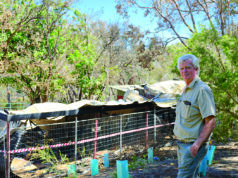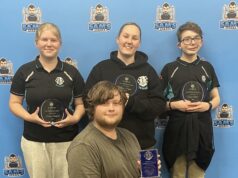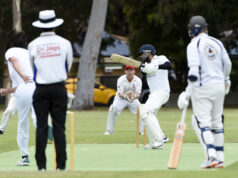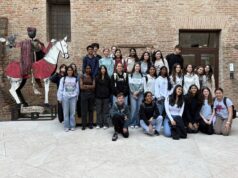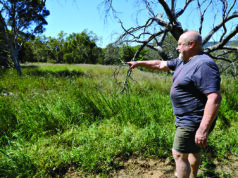
Children at Gosnells preprimary joined about 300 early learning centres and preschools in learning about meningococcal awareness this week following three cases of meningococcal in the past week.
The WA Health Department confirmed there had been three cases of confirmed or probable meningococcal disease including a child, young adult and an elderly adult.
The cases were not linked and all three were recovering in hospital.
There have been 11 cases this year compared to 18 reported for the whole of last year.
The annual meningococcal awareness program, conducted by the Amanda Young foundation, taught children how to protect themselves from meningococcal through basic hygiene lessons while providing information to parents.
Barry Young from the foundation said the program helped reinforce what early learning centres were already teaching through different activities and a book about Melrose Mare.
“The book is about Melrose Mare’s birthday and she invites various little animals along and they tell the story in a way kids can relate and it’s interesting,” he said.
“The idea of the activities the children do is that they’re taught the difference between good bugs and bad bugs and that if they put anything into their mouths they shouldn’t share it.

“It’s also very topical considering there were three cases of meningococcal in Perth in the past week and it’s fair to mention that the national advisory committee has decided in their wisdom to not recommend the meningococcal B vaccine in the pharmaceutical benefit scheme.
“What that means is that the only defence people have is good hygiene and knowledge of the symptoms so they can go and get treatment early.”
Meningococcal is a rare but deadly bacterial infection that is spread through respiratory droplets and can kill within 24 hours.
Symptoms for meningococcal septicaemia can include fatigue, shivering, cold hands or feet, nausea, fever, severe pain in arms, legs, joints or stomach and a purple rash.
Symptoms for meningococcal meningitis can include a severe headache, sensitivity to light, a painful neck, nausea and fatigue.
Meningococcal was most common in late winter and early spring. Visit www.amandayoungfoundation.org.au.


